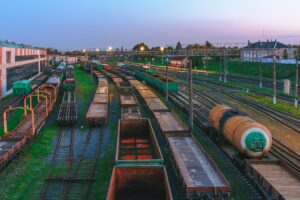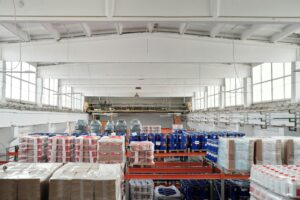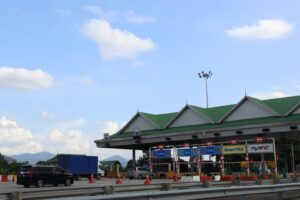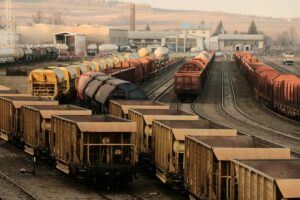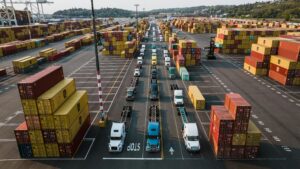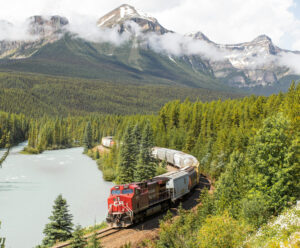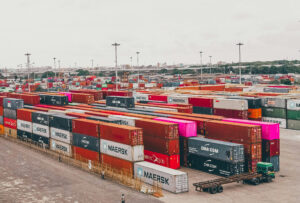Forwarding Duties in Multi-Port Sea Freight
Effective cargo management across multiple ports involves complex operational and legal responsibilities. Forwarders must accurately document cargo movements, identify the point of damage if any occurs, and lodge claims under the appropriate liability regime. Documenting Multi-Port Movements When cargo passes through multiple ports, forwarders must keep records of various types of transport documents that […]


